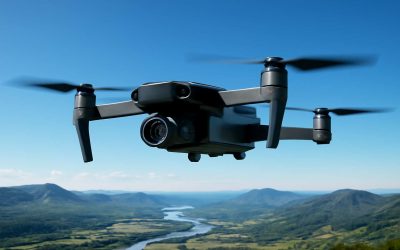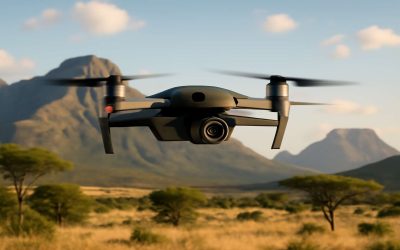
Drones are a type of remote-controlled aircraft that can be flown manually or with the help of a computer program. They are commonly used to capture aerial images, but they can also be useful for a number of other applications.
Aerial Photography and Videography
Professional drones can be a great way to capture photos and video of a specific area, especially for businesses and events. They can be used to record scenery, buildings, and other structures in order to give a better sense of what a location looks like from the ground. In addition, they can be used for marketing purposes and to showcase a project’s progress.
Conservation and Research
Drone technology has become an important tool for wildlife researchers and conservationists, who can use them to monitor and survey wildlife and habitats in a safer manner than they could by walking through the countryside on foot. This helps them to protect endangered species and reduce the possibility of poaching.
Disasters and Rescue
Drones have been used in a number of emergency situations, including floods, hurricanes, tornadoes, earthquakes, and fires. They can be used to scan areas for damage and provide first aid, deliver medical supplies, and search for missing people.
Humanitarian Assistance and Relief
The German Red Cross uses drones for humanitarian assistance, delivering relief goods such as food, water, clothes, medication, and other essentials to people in need. This also allows them to collect footage of disaster scenes, giving the public a better understanding of how large and widespread a crisis is.
Climate Change Monitoring and Data Collection
Drone-mounted sensors can measure a variety of environmental conditions, including air quality, atmospheric pollution, pollen levels, and water quality. They can also detect invasive species and detect hazardous substances in a given environment.
Energy Efficiency
Droning is an energy-intensive activity, but drones can be designed to use less power than a conventional aeroplane. They are usually equipped with electric motors that provide enough power to maintain flight, but they can also be powered by solar or wind energy, or a combination of both.
Stability and Control
Most drones have a central control system that maintains the vehicle’s position in the air. This system can adjust the drone’s speed, direction and altitude to make it more stable. It can also determine when the drone is flying outside its range and automatically turn around to come back into contact with the signal source.
Cameras and Video Resolution
The camera in a drone should be capable of taking high-resolution pictures and videos. It’s a good idea to check out the resolution before purchasing one, since you may not want to spend a lot of money on a unit that can’t capture all the details you need.
Portable and Lightweight
The most portable consumer drones weigh just a few pounds. They are often equipped with a battery that lasts for a long time, and some even have GPS and a flight simulator built in.



0 Comments